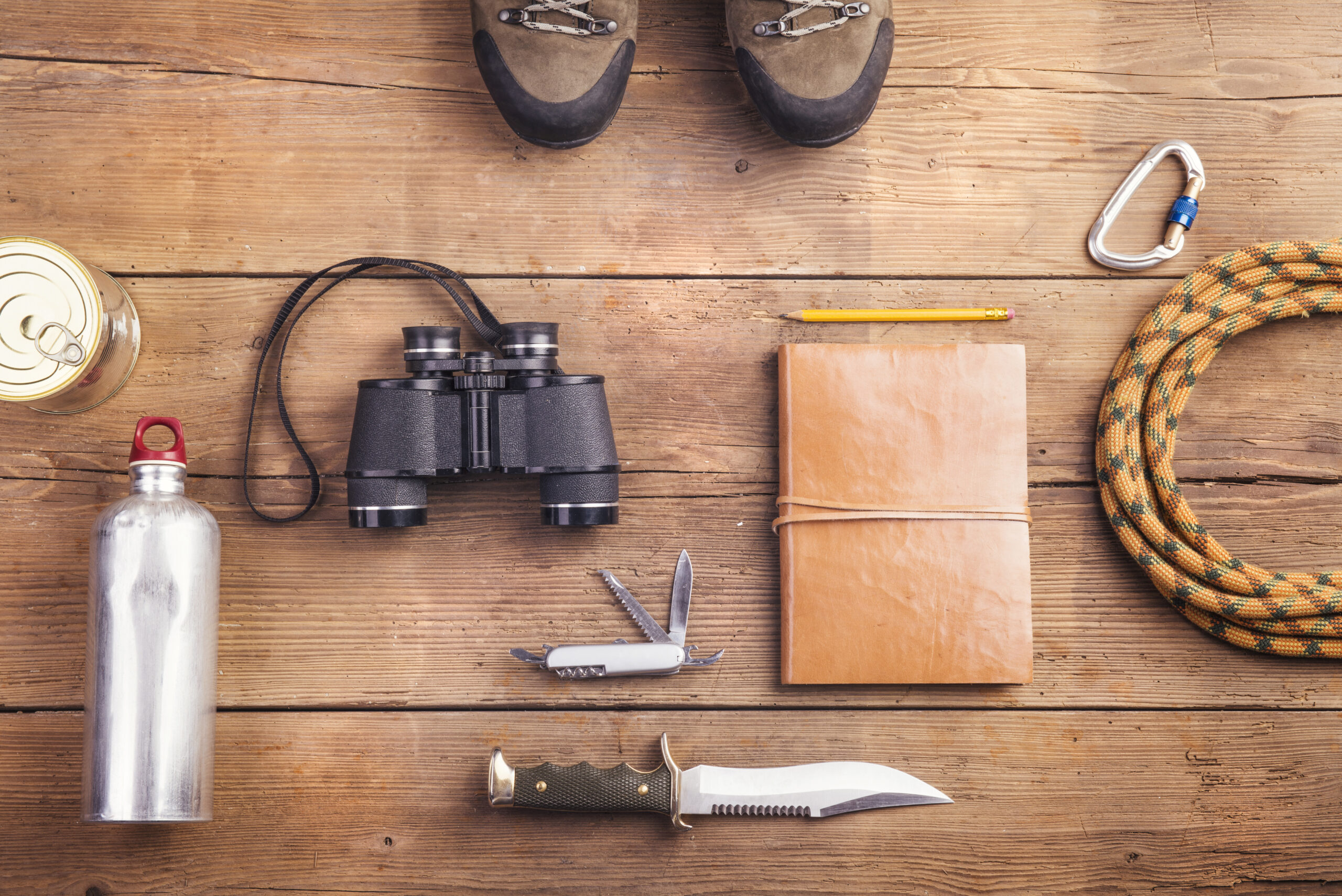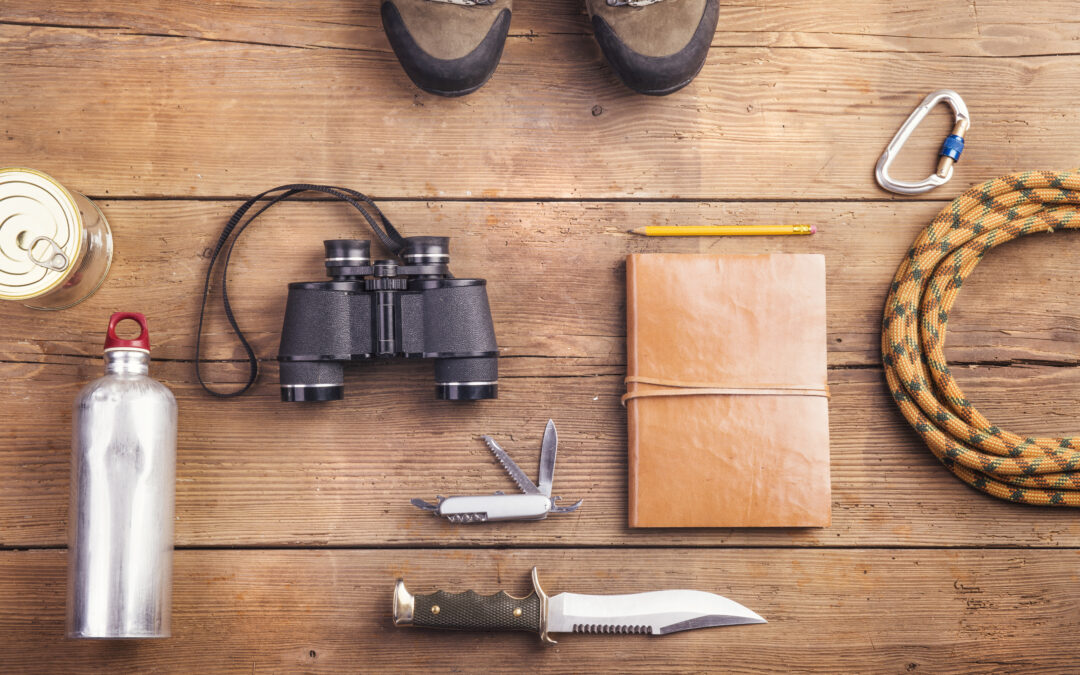Disasters can strike at any moment, often without warning. Whether it’s a natural calamity like an earthquake or flood, or a man-made crisis such as a chemical spill, understanding the risks specific to your area is the first step in keeping yourself and your loved ones safe. Take time to research local hazards; consult government websites or community organizations specializing in disaster preparedness. This knowledge will empower you to make informed decisions when it matters most.
Once you’ve grasped the potential threats looming over your neighborhood, it’s crucial to create an emergency plan tailored for your family. Start by holding a family meeting where everyone can voice their thoughts and preferences regarding emergency procedures. Identify escape routes from your home and designate meeting points outside of it. Consider communication methods—how will you connect if separated? Make sure each member knows essential contact numbers as well as how to reach neighbors or friends nearby. Practicing this plan regularly not only instills confidence but also ensures that everyone is comfortable with their roles during a crisis.
Next on the list is building a comprehensive disaster supply kit that contains essentials you simply cannot afford to overlook. Begin with water; one gallon per person per day for at least three days should suffice for drinking and sanitation purposes. Non-perishable food items are equally important—think canned goods, dried fruits, and energy bars that can sustain you for several days. Don’t forget basic supplies like flashlights, batteries, first-aid kits, multi-tools, and necessary medications. If you have pets, include items for them too! Storing these essentials in easy-to-reach containers makes access swift when every second counts.

In our hyper-connected world, staying informed about impending dangers is paramount. Sign up for local alerts via text messages or apps that provide real-time updates about weather conditions or emergencies in progress. Keep a battery-powered radio handy; it could be your lifeline if power goes out during a storm or disaster scenario. Social media platforms often serve as valuable resources too—many municipalities now use them to disseminate information quickly and effectively.
Finally, we must address post-disaster recovery—a phase that is just as critical as preparation itself. After surviving a disaster, it’s vital to assess damage cautiously before re-entering affected areas. Wear protective gear if necessary, and document any damages with photos for insurance claims later on. While rebuilding may take time—and often feels overwhelming—resilience plays a key role in moving forward successfully. Reach out for support from community resources or mental health professionals; they can offer guidance tailored specifically to recovery efforts.
In conclusion, being prepared isn’t merely about having supplies stocked away—it encompasses understanding risks near us while fostering open communication within our families about safety measures we all need to know well ahead of time! Equip yourself with knowledge today so that tomorrow’s disasters won’t catch you unawares! Stay ready; because preparedness isn’t just about survival—it’s about thriving even amidst chaos!






